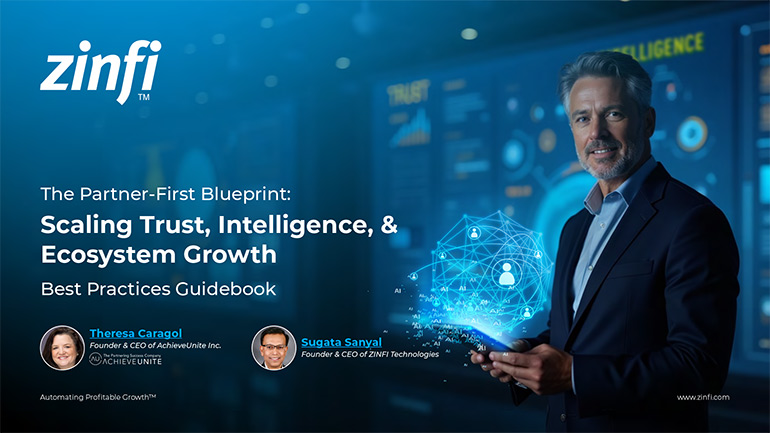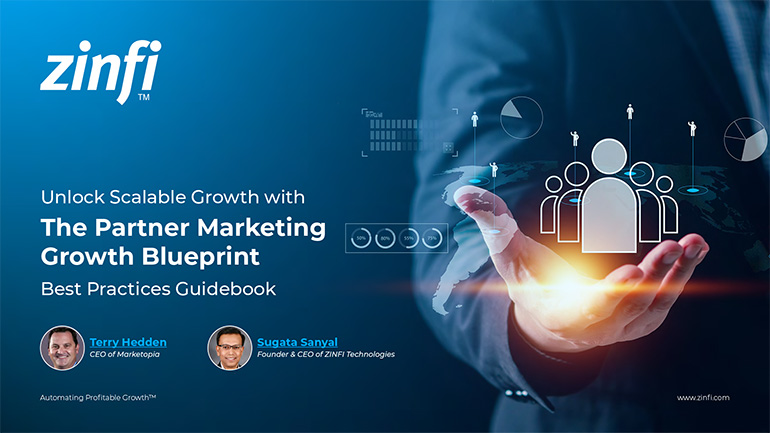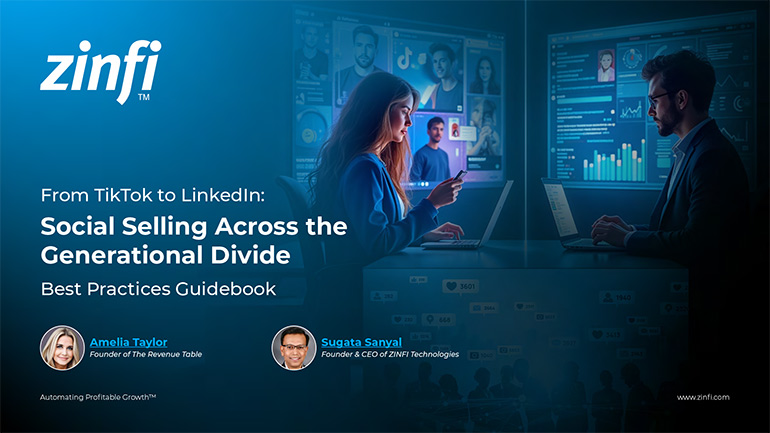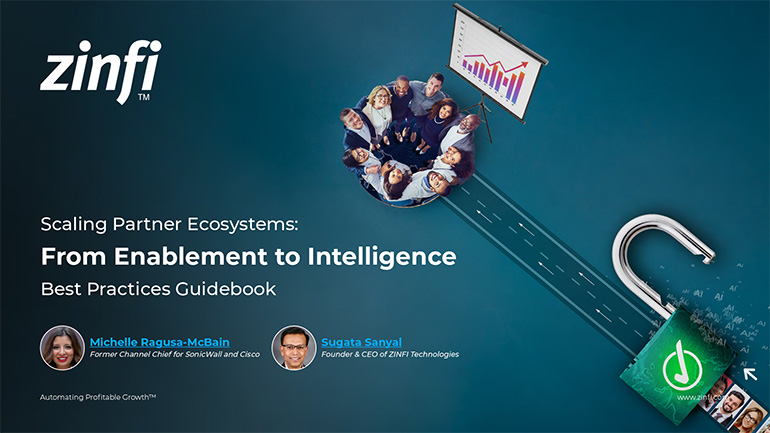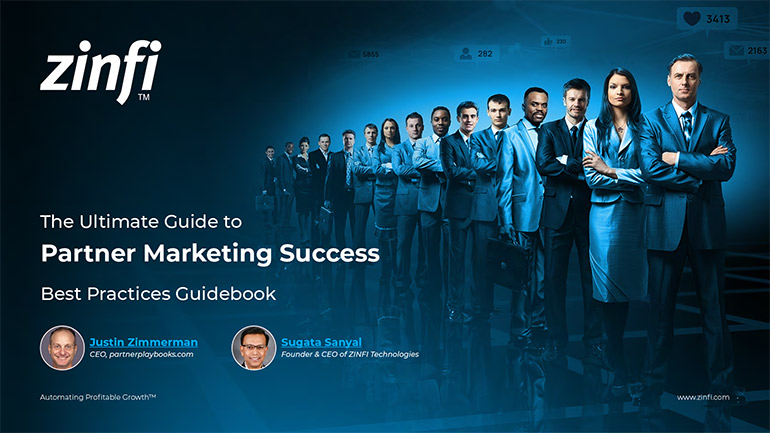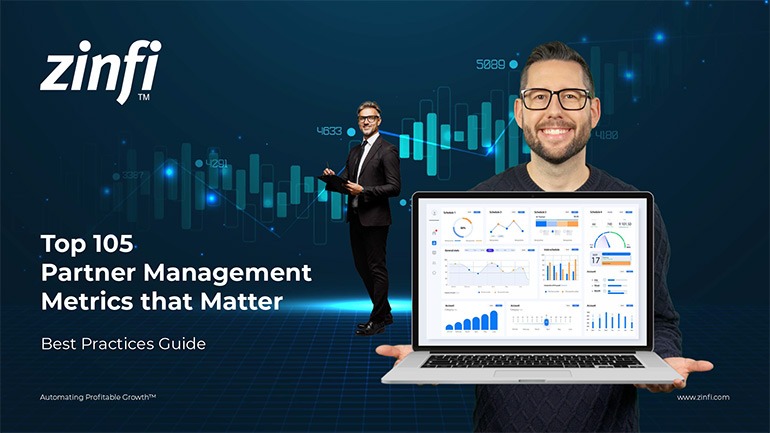The conversation introduces a marketing agency that works exclusively within the Microsoft ERP and CRM ecosystem. This agency helps Microsoft partners in the SMB sector by delivering services that include strategy, content creation, website development, and lead generation. The agency’s unique value comes from its technical background, which ranges from software development to channel operations. This experience allows the agency to create highly targeted campaigns that align with its client's business goals and technical realities. By speaking the same language as ERP consultants and developers, the agency streamlines go-to-market execution.
Over the years, traditional channels evolved into broader partner ecosystems. Instead of simply reselling products, partners now engage in co-innovation, integration, and joint marketing. Business process automation, once the domain of enterprise IT teams, now finds a home in small and mid-sized companies. With affordable cloud solutions, these businesses automate core functions such as billing, scheduling, and customer communications. As these capabilities become mainstream, they reshape solution providers' expectations and marketing needs. Companies now seek marketing strategies highlighting efficiency and innovation, not just product features.
Today, even the smallest businesses access tools that once required large IT budgets. Microsoft’s cloud platforms, especially Business Central, allow partners to deploy scalable solutions with minimal friction. These tools include out-of-the-box integration, customizable workflows, and automated analytics. As a result, service providers must elevate their messaging and emphasize how technology enhances business agility. Partner marketing is critical, helping providers showcase success stories and drive demand through relatable use cases. This shift creates new opportunities to connect with digitally aware buyers in underserved markets.


